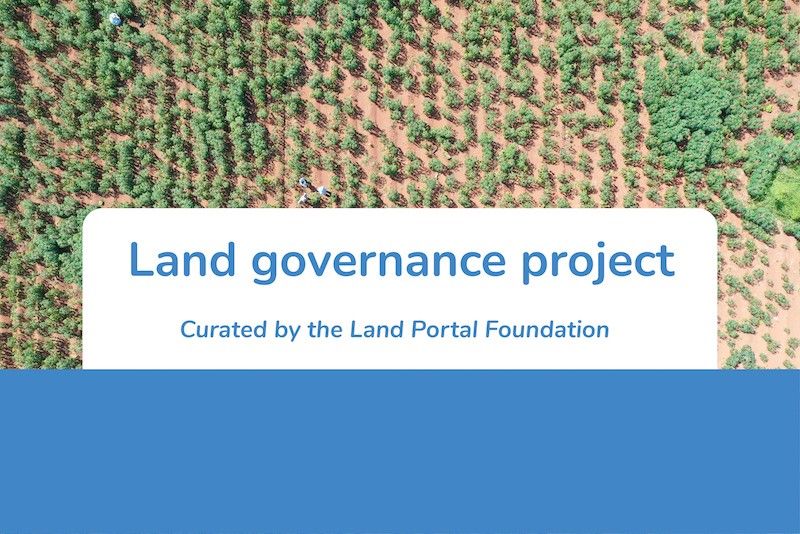Community / Land projects / Sustainable Cities Impact Program Global Platform (SCIP-GP)
Sustainable Cities Impact Program Global Platform (SCIP-GP)

€13587330.09
10/20 - 10/25
Active
This project is part of
Implementing Organisations
Donors
Data Providers
Objectives
cities pursue integrated urban planning and implementation and increase their ambitions, to deliver impactful sustainable development outcomes with global environmental benefits (GEBs)
Other
Note: Disbursement data provided is cumulative and covers disbursement made by the project Agency.
Target Groups
The Project aims strengthen integrated urban planning approaches through learning material and opportunities for city officials to improve sustainable, inclusive, and integrated planning approaches. Integrated planning relates to the transformation of existing practices and processes to enable multi-sector collaboration to allow cities to take advantage of the co-benefits to operate as systems (transportation, land use, housing, conservation, business, etc.) influencing one another, and increase efficiencies both in terms of land and resource use, ultimately benefitting biodiversity and ecosystems and the services they provide, climate mitigation and adaptation as well as pollution and health. Integrated planning for sustainable urban development aims to facilitate and articulate political decisions and actions to transform cities and neighborhoods. Integrated planning efforts also emphasize participatory approaches, in which women, minorities and vulnerable groups are part of the dialogues and influence decisions. Cities are natural places for integrated solutions and offer fertile ground to integrate interdependent operations. Traditionally, urban systems have been integrated with varying degrees of effectiveness through urban governance and land use planning. The integration of human systems and natural systems provides strong environmental, social and economic benefits. For instance, the development of and management of watershed ecosystems, forests as urban and peri-urban agriculture as elements of green infrastructure in and around cities, offer compounding benefits for global climate change mitigation and local urban adaptation, resilience, diminishing air and water pollution, and increasing quality of life. Moreover, in this century, problem solving is co-created, powered by multi-level governments, multi-sector networks and individuals and entities with knowledge and capacity that cut across disciplines (New localism, 2019). Cities must prioritize work across multiple sectors (e.g. land use, housing, transport, economic development water, waste, sanitation, public safety, education, and energy) and must align multiple strategies (e.g. planning, budget, staff skills, regulatory frameworks, civic engagement) to be able to have an enduring impact on the ground. Evidence-based and integrated urban planning provide this opportunity. When cities utilize integrated approaches for planning, the impact of the sectoral actions is higher than the sum of the parts. A study by the International Resource Panel (IRP) shows how parallel actions in urban spatial restructuring, human-scale sustainable design, resource-efficient urban components, urban infrastructure planning for cross-sector efficiency and the promotion of sustainable behaviors, leads to improvements in well-being for all, while reducing resource consumption and GHG emissions. According to the “Weight of cities” by the IRP, cities can achieve some 30-55% reduction of GHG emissions, water and metal consumption and land use compared to baseline projections, by leveraging connections and resource sharing across urban systems such as green buildings, district energy systems, bus rapid transport, and transition to renewables combined with strategic densification (IRP, 2018). Utilizing integrated urban planning approaches provides multiple benefits to cities. It allows cities to formulate cross-sectoral goals and to develop monitoring systems for cross-cutting policy fields. They enable cities to develop strategies and projects that involve the knowledge and perspectives of different disciplines and actors from civil and private sector. They help cities with limited budgets and capacities to implement their goals more efficiently by joining capacities and funds, and by reducing trade-offs between sectors and neighboring municipalities (Eisenbeiß, 2016). Integrated sectoral approaches include multiple benefits generated by looking at the connections between sectors. Examples include low-carbon transit-oriented development; circular economy and resource flow driven planning. The same thinking, area-based investments (integrated approaches at the neighborhood level) should use approaches to capture multiple environmental and livability benefits, such as combining green spaces with low emission zones to regulate temperature, air quality and noise for healthier living and a more sustainable environment. Not only does inclusive, integrated urban planning incorporate gender and vulnerable processes into decision making and participatory processes, the GP aims to mainstream gender in all its activities to ensure gender is considered robustly in project design and implementation. For instance, the Project will collect sex-disaggregated data for all events. The Project Team will staff a Gender Lead and will have the support of WRI’s Gender Specialist (as co-finance) through the duration of the project to advise on the design and implementation of the gender action plan.




